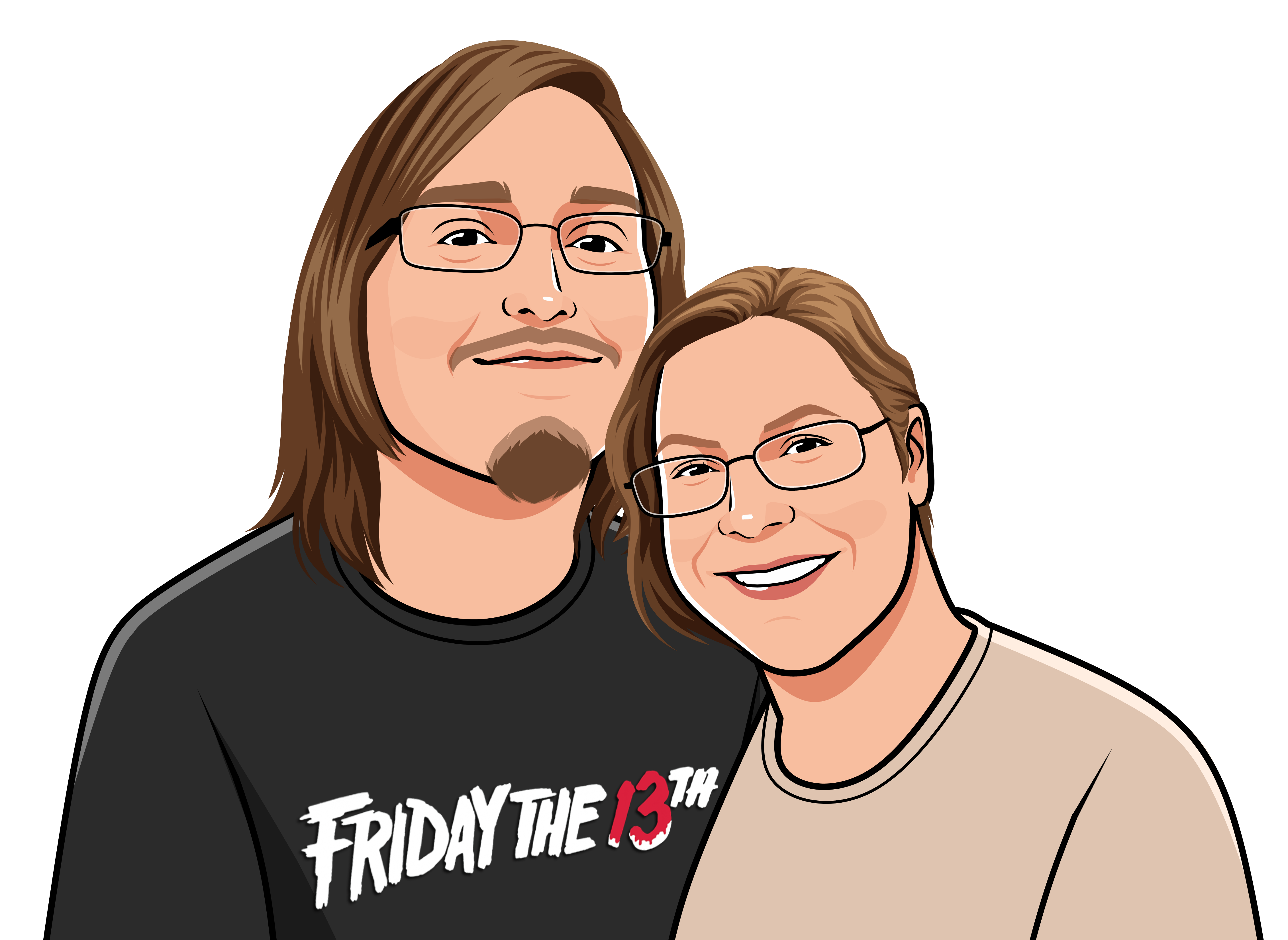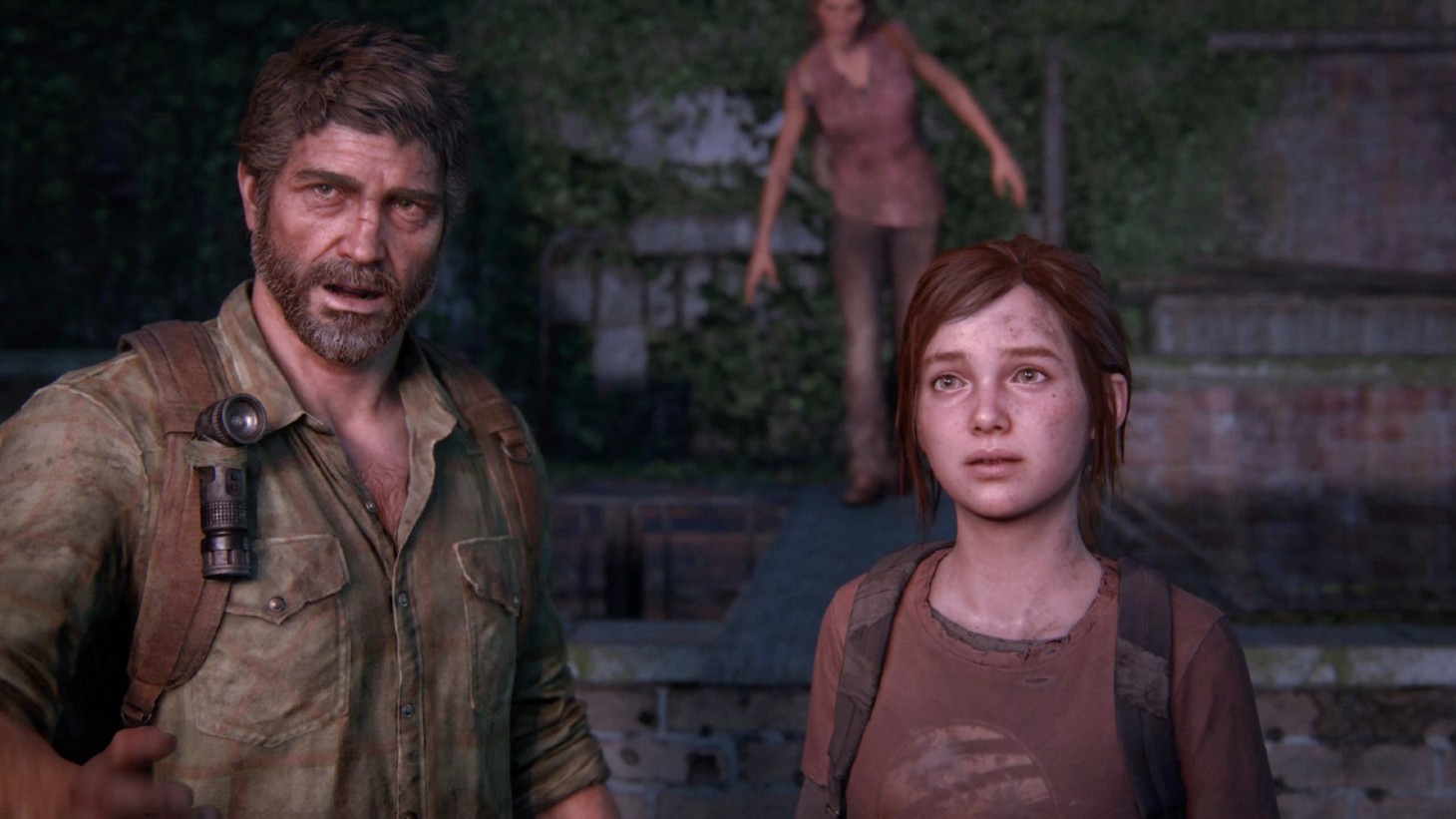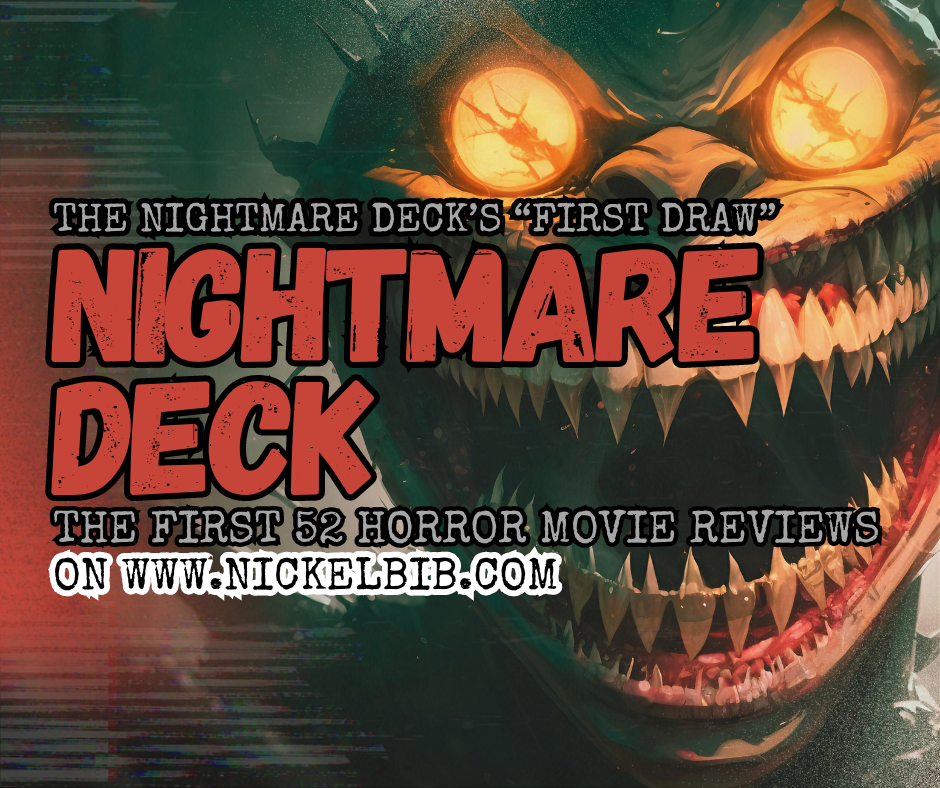Five years after The Last House on the Left, Wes Craven made his sophomore effort – a much better received film – The Hills Have Eyes.
An interesting aside about The Hills Have Eyes, director Sam Raimi noticed a ripped poster for Steven Spielberg’s Jaws in a scene of the film. His interpretation of its inclusion was that it was a sleight by Wes Craven, a way of saying, “Jaws was just pop horror. What I have here is real horror.” In-response, Sam Raimi included a ripped poster of The Hills Have Eyes in his film The Evil Dead, a way of saying “No, this is real horror.” Craven reacted by having Nancy fall asleep while watching The Evil Dead in A Nightmare on Elm Street, and the back and forth continued for decades to come thereafter.
Whereas The Last House settled for a modest sum of about 3 million at the box-office, Wes Craven’s follow-up managed to rake in 25 million, a robust sum by 70s standards and a fantastic return on investment.
The producer Peter Locke stated the film was neither a box office hit nor a misfire, but said he was okay with the result. That statement blows my mind a little bit. I can’t imagine how such a low-budget, violent horror film making more than twenty-five times its budget and becoming one of the most financial potent horror films of 1997 wasn’t a hit, but maybe his goalposts are higher than my own.
Critics praised its sense of humor and tense narrative, and it became one of the many highlights of Wes’ career. It went onto receive a sequel, which, unfortunately was not well-received at all, and is one we will talk about at length on the third edition of the Nightmare Shift Podcast.
The early on of The Hills Have Eyes is ripe with cliches, and I don’t say that in an insulting way, however, I will preface that they were cliches, also, in the 1970s. A family arrives at a gas station in scenic nowhere on their way to California. They meet a creepy old man who tries to ward them off venturing anywhere except the main roads. The father, a stubborn, ill-tempered man, who refuses to look at the map and vehemently denies being lost, ignores the old man’s instructions, and finds himself driving through a nuclear testing site. Startled after hearing an overhead aircraft, which is more common than an under-head aircraft, they oopsie daisy off the road and crash. What hijinks!
A little after ten minutes in, the father drops the N-word, designated himself as everyone’s character their rooting for the death of the fastest.
And, let me say, Jesus Christ, I swear to you, when I was writing this, I wrote in the script that I thought the actor who played Bob looked like an older, rounder version of Detective Stottlemeyer from Monk, but I took it out because I thought it was too far-fetched. I shit you not, Ted Levine actually plays Bob in the remake of this film. I’m willing to go on record in saying that I think Ted Levine is, in fact, a time-traveler who played both versions after making different life choices. And, as far fetched as that sounds, it still wouldn’t be as surprising to me as when I learned Detective Stottlemeyer was also Buffalo Bill from Silence of the Lambs.
The Hills Have Eyes is a lot more conventional in its approach than The Last House on the Left, which makes it more than a little understandable that it would be taken to in a much more prolific way. It’s also a better film in-terms of its characterizations, cinematography, and thematic symmetry, but is a film I find myself much less interested in.
The central concept feels so familiar and been there, done that. This is partly because the film helped influence many, many films, like the Wrong Turn series, its own remake, and dozens of small-budget imitators. Which begs the question of how that should factor into a review of a film? I think it depends on what you’re seeking to accomplish. If I’m writing a review in-order to persuade or dissuade someone, I should factor in how a film’s concept has aged. If I’m looking to measure or deconstruct in the way I am for the Podcast, I feel I have to approach it without that prejudice intact.
All of that in mind, I couldn’t shake off how honestly uncaring about everything as it happened on-screen. The first hour of this film largely consists of Bob and Bobby Carter, father and son, as they handle different aspects of their situation. Bob Carter makes a 15-mile hike back to the gas station in search of aid, only to find himself met by a whirlwind of trouble. The gas station owner informs him of a deformed baby he chucked out in the desert and left for dead, and it’s suggested the baby may have somehow survived. A second after, that assertion is more-or-less confirmed. Meanwhile, Bobby finds one of his dogs has had its confetti spilled out and decides not to share that with the rest of them, simply brooding around before confessing to his findings.
I don’t believe any of it is especially bad, but I believe all of it is especially dull, and I’m not getting anything out of it. It feels like a lot of the 80s slasher films that were released post-Halloween and Friday the 13th, where it feels as though we’re turning only turning our wheels, waiting for kickoff. The only problem with that is, by an hour in, it doesn’t feel like we have any forward momentum. I already know who the baddies are, and what I’m waiting for is them to ransack the RV, and that simply isn’t made to feel like an interesting enough prospect.
It doesn’t help that the delivery in the acting department isn’t ideal. It isn’t what I’d call egregious overall, but when the Bobby character is called upon to cry or show the terror he feels, he, uh, induces more laughter than terror.
In the last half hour, the ‘better’ part of the film begins to unfold. The Hill-age people finally strike, and all hell breaks loose, Bob is turned into a kebob, and the baby that napped has been napped. This is where the film comes together. It allows the antagonists to show more depth and personality, particularly Pluto, some of the film’s cleverer writing to shine through, and the central conflict to reveal itself.
Everything unfolds, ending in what is, again, a trap-based payoff where the antagonists receive their comeuppance once and for all.
The last half hour is the better part of the film, and was the part I was most interested and invested in. This sometimes occurs in horror films, and films, in general, where it leads to the final showdown. The issue I had with The Hills Have Eyes, however, is it doesn’t feel like the initial hour builds momentum or intrigue in that final half. Although you’d be missing small tidbits to the lore, the entire first hour could have been chopped out and I wouldn’t be anymore invested than I was with it. The key essentials would’ve stayed – deformed people wreaking havoc, and now, the traumatized family needs to find a way to bring their baby back before he becomes baby back ribs. That’s the aspect I’m interested in, and yet, that’s the aspect that receives only one-third of the film’s runtime.
I can appreciate certain aspects of what the film says – the way it’s ultimately about the cannibals forcing the family to stoop to their level in the name of their own survival. How that’s a parallel to the cannibals’ own plight of having to commit atrocities for their survival, and how it ends with Doug from the family stabbing Mars relentlessly while Ruby of the cannibal family looks on in horror, further highlighting that parallel. Although, I would say, the metaphor of them only doing what they need to survive becomes flimsier when you factor in rape and crucifixion.
In the end, for me, I actually enjoyed Wes Craven’s directorial debut with The Last House on the Left more than I did The Hills Have Eyes. Both of them aren’t without their flaws which keep them from being what I’d single out from his filmography, but that film, at least, felt like it took a unique, interesting risk in how it was presented. This film, for me, is the exact definition of a middling, average horror film.






GIPHY App Key not set. Please check settings